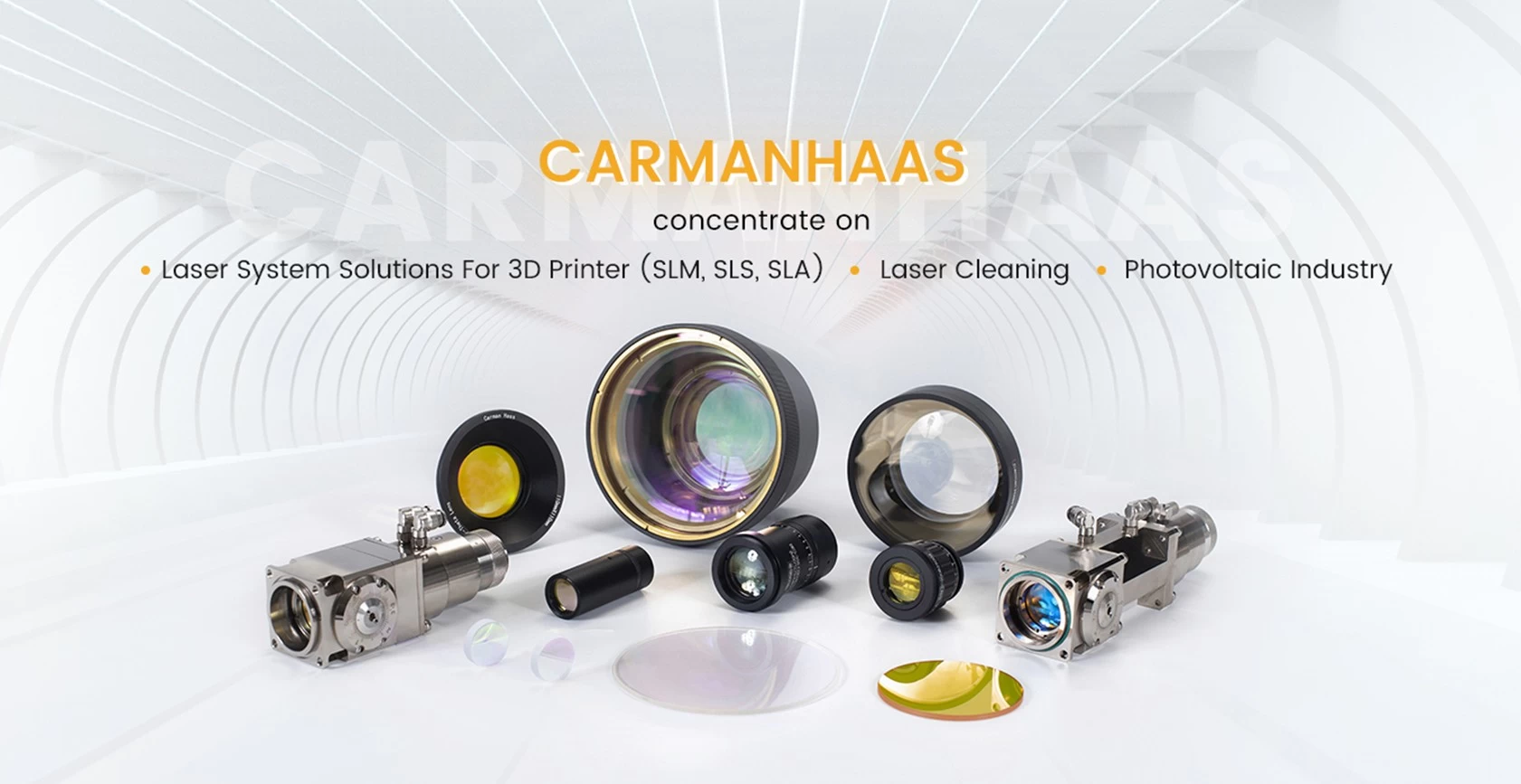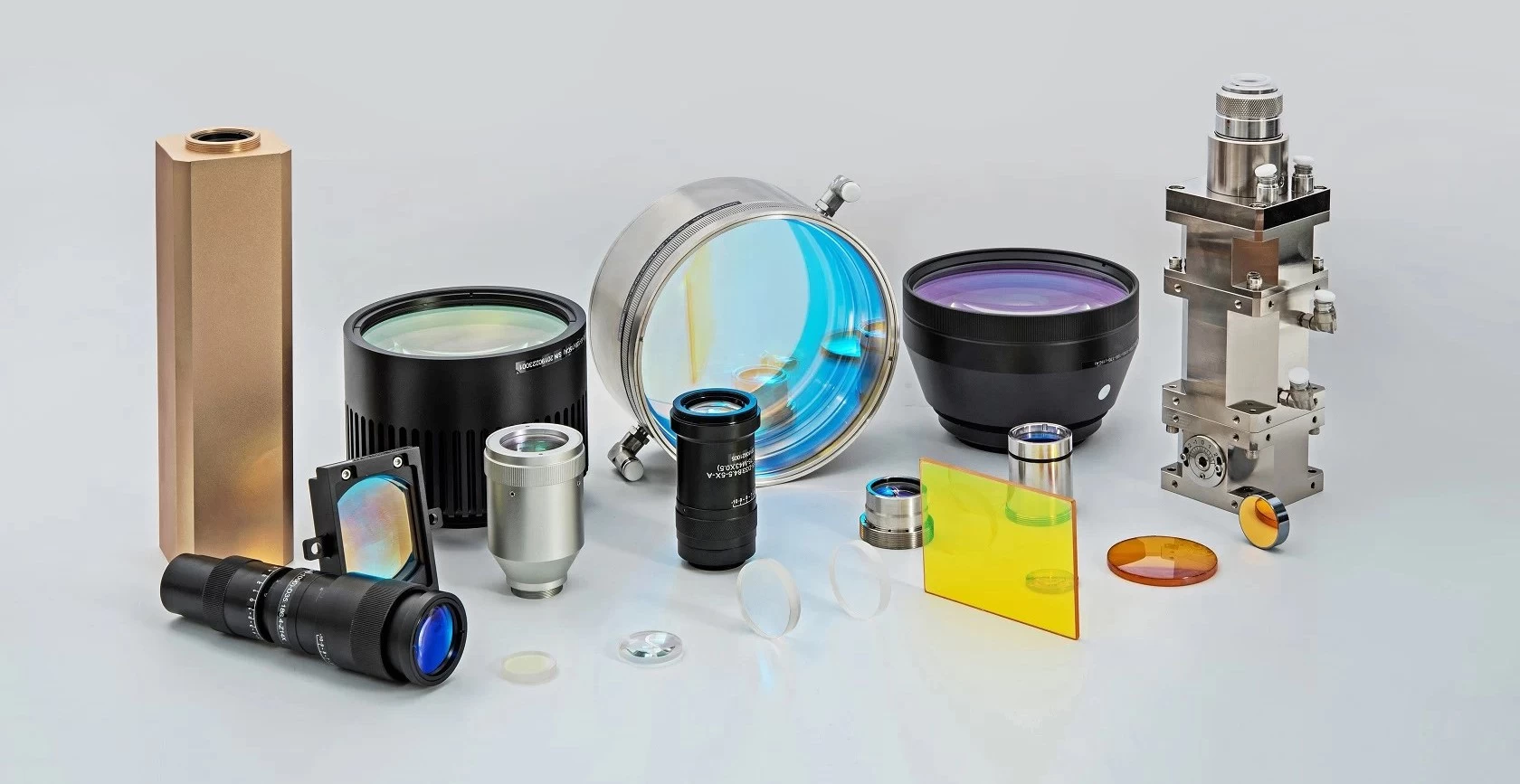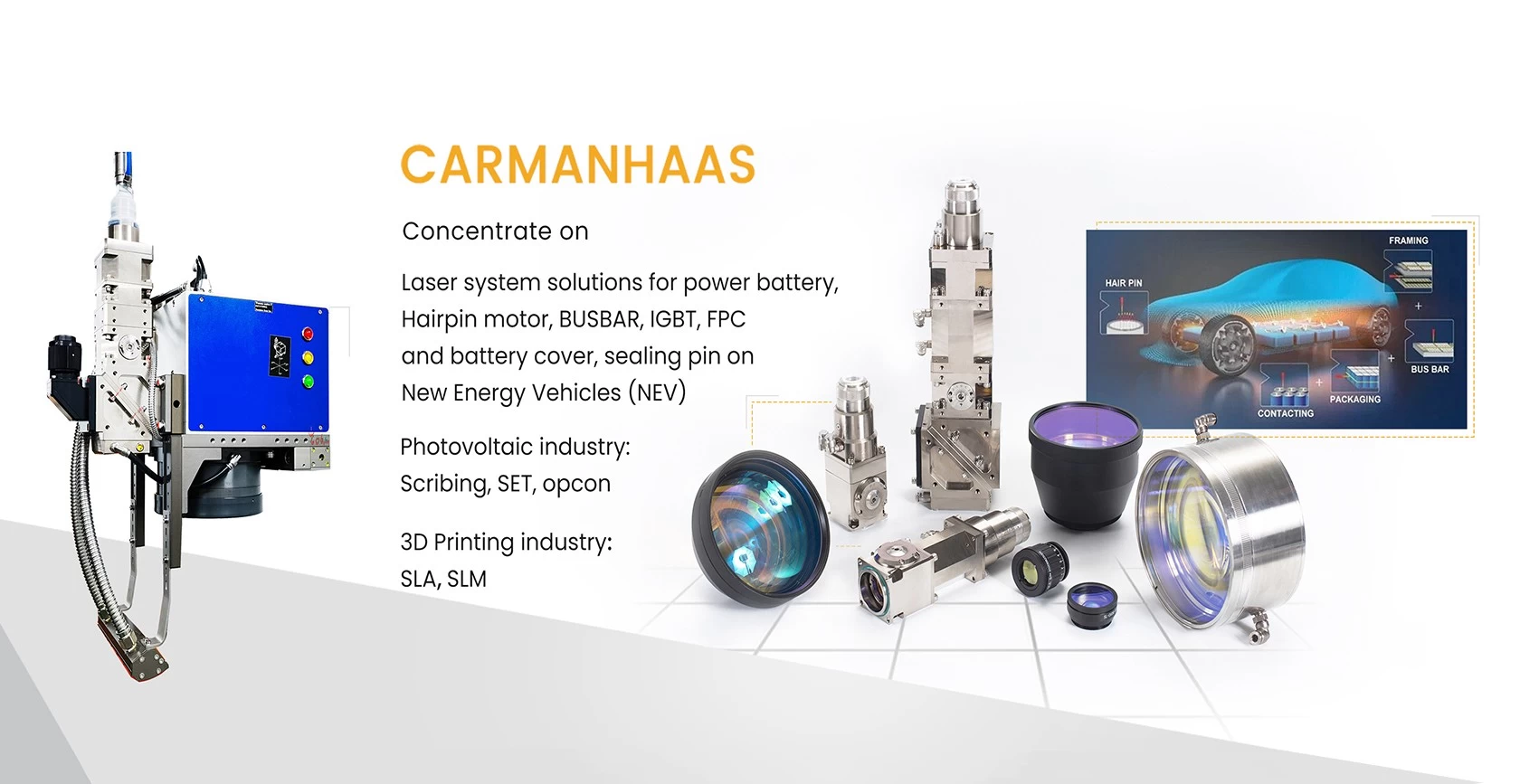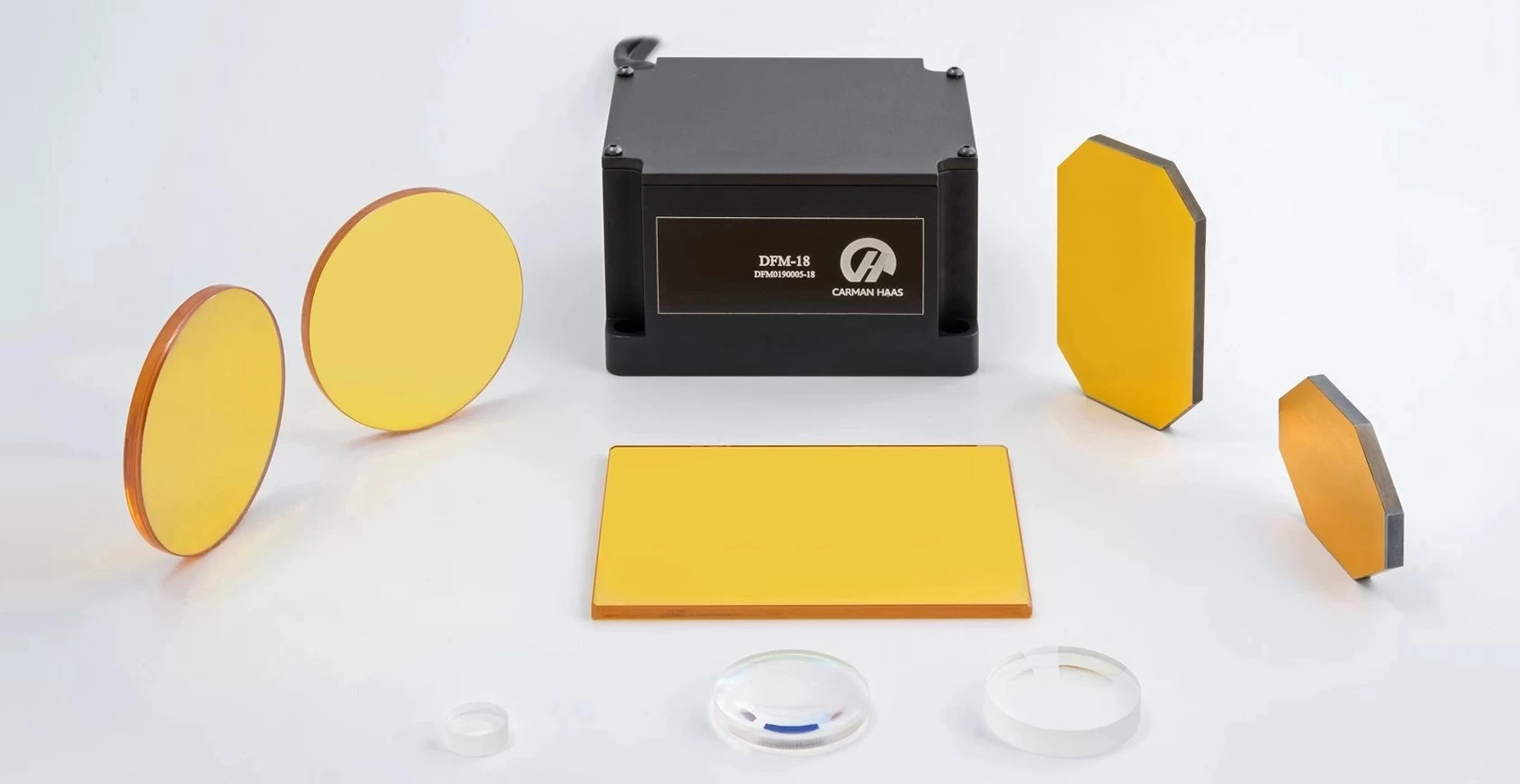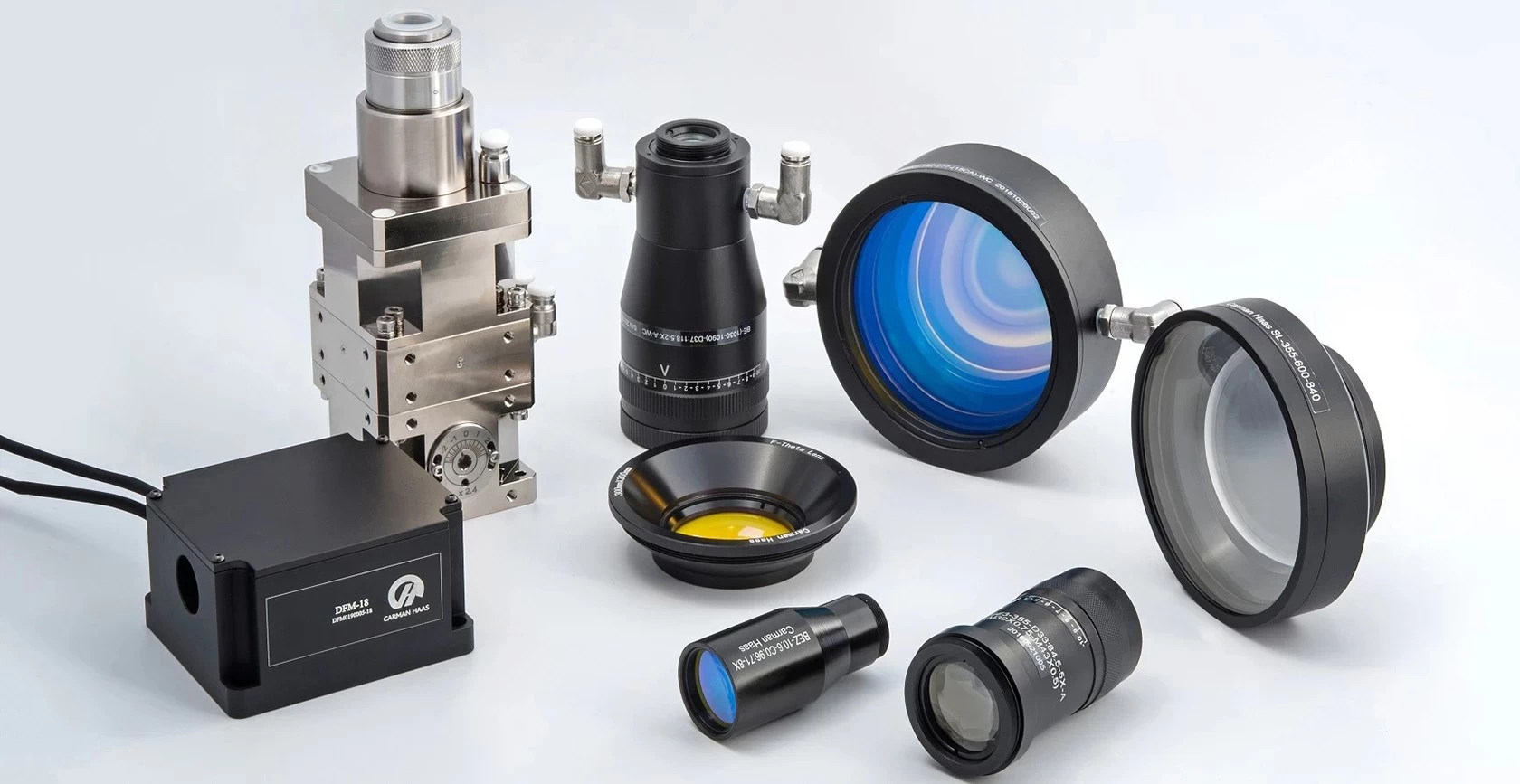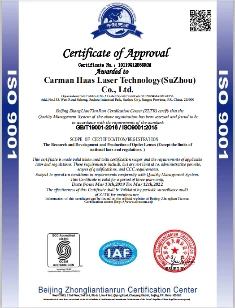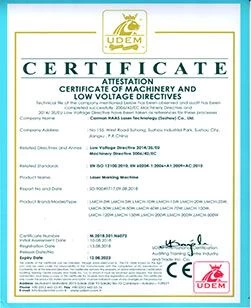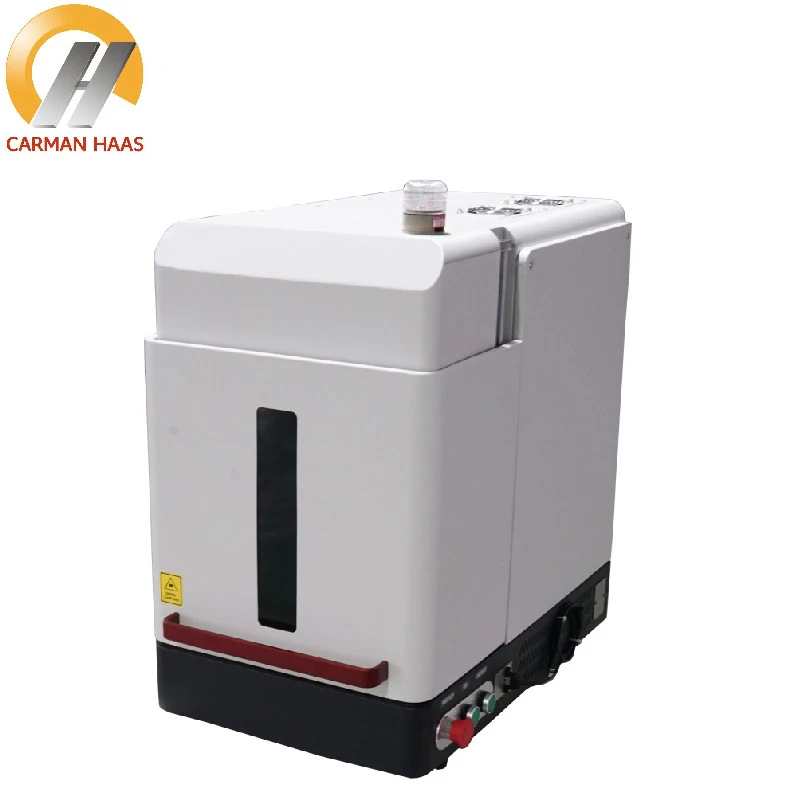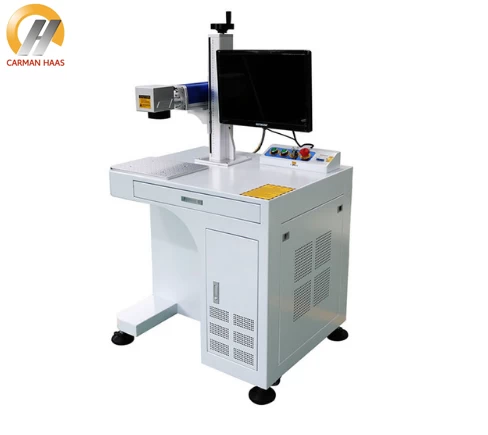What is the difference between optical coating and vacuum coating?
Conceptual difference
1. Optical coating refers to the process of coating a layer (or multiple layers) of metal (or medium) film on the surface of optical parts. The purpose of coating the surface of optical parts is to reduce or increase light reflection, beam splitting, color separation, light filtering, polarization and other requirements. Commonly used coating methods include vacuum coating (a type of physical coating) and chemical coating.
2. Vacuum coating refers to a method of heating metal bai or non-metallic materials under high vacuum conditions to evaporate and condense on the surface of the plated part (metal, semiconductor or insulator) to form a thin film. For example, vacuum aluminum plating, vacuum chrome plating, etc.
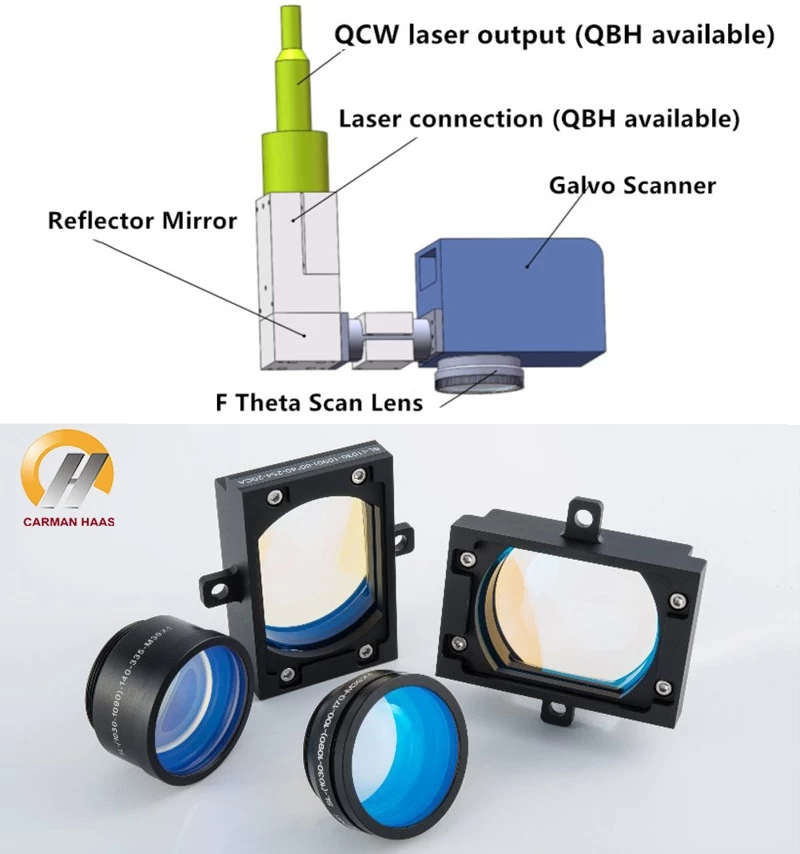
Optics lens for fiber laser supplier
The difference between methods and materials
1. Optical coating method materials:
(1) Magnesium fluoride: colorless tetragonal crystalline powder with high purity. Using it to prepare optical coatings can increase the transmittance without breaking points.
(2) Silica: colorless transparent crystal, high melting point, high hardness and good chemical stability. The purity is high, and high-quality SiO2 coating is prepared with it, and the evaporation state is good, and there is no collapse point. According to the requirements of use, it can be divided into ultraviolet, infrared and visible light.
(3) Zirconia: White heavy crystalline state, with high refractive index and high temperature resistance, stable chemical properties, and high purity. It can be used to prepare high-quality zirconia coating without collapse.

Laser spare parts China manufacturer
2. Materials for vacuum coating method:
(1) Vacuum evaporation: The substrate to be coated is cleaned and placed in the coating chamber. After evacuation, the film material is heated to a high temperature, so that the vapor reaches about 13.3Pa and the vapor molecules fly to the surface of the substrate and condense into a film.
(2) Cathodic sputtering plating: Place the substrate to be coated on the opposite side of the cathode, pass inert gas (such as argon) into the evacuated room, maintain a pressure of about 1.33~13.3Pa, and then connect the cathode to a 2000V DC power supply. The glow discharge is excited, and the positively charged argon ions strike the cathode to eject atoms, and the sputtered atoms are deposited on the substrate through an inert atmosphere to form a film.
(3) Chemical vapor deposition: the process of obtaining a deposited thin film by thermally decomposing selected metal compounds or organic compounds.
(4) Ion plating: In essence, the organic combination of vacuum evaporation and sputtering of the ion plating system has the technological characteristics of both.



